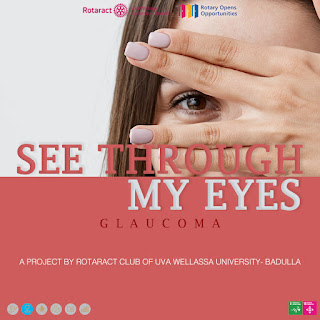Diabetic Retinopathy

One of the most common Non-communicable disease diabetes. If you have it then you must highly pay attention to your eye health. Yes!! You heard me right. Diabetes can cause eye diseases. Surprising truth. Let’s take a glance at it. What is it? If I said it in more familiar words, it is a leading cause of blindness among diabetic patients. It causes progressive damage to the blood vessels of the retina which is the light sensitive tissue at the back of the eye that is necessary for good vision. It has four stages namely, mild non-proliferative retinopathy (microaneurysms), moderate non-proliferative retinopathy (blockage in some retinal vessels), severe non-proliferative retinopathy (more vessels are blocked leading to deprived retina from blood supply leading to growing new blood vessels) and proliferative retinopathy (most advanced stage). This can be affected to both eyes. Can we identify it early? Unfortunately, we can’t see any early symptoms. But lately we can see blurry vision, F...




